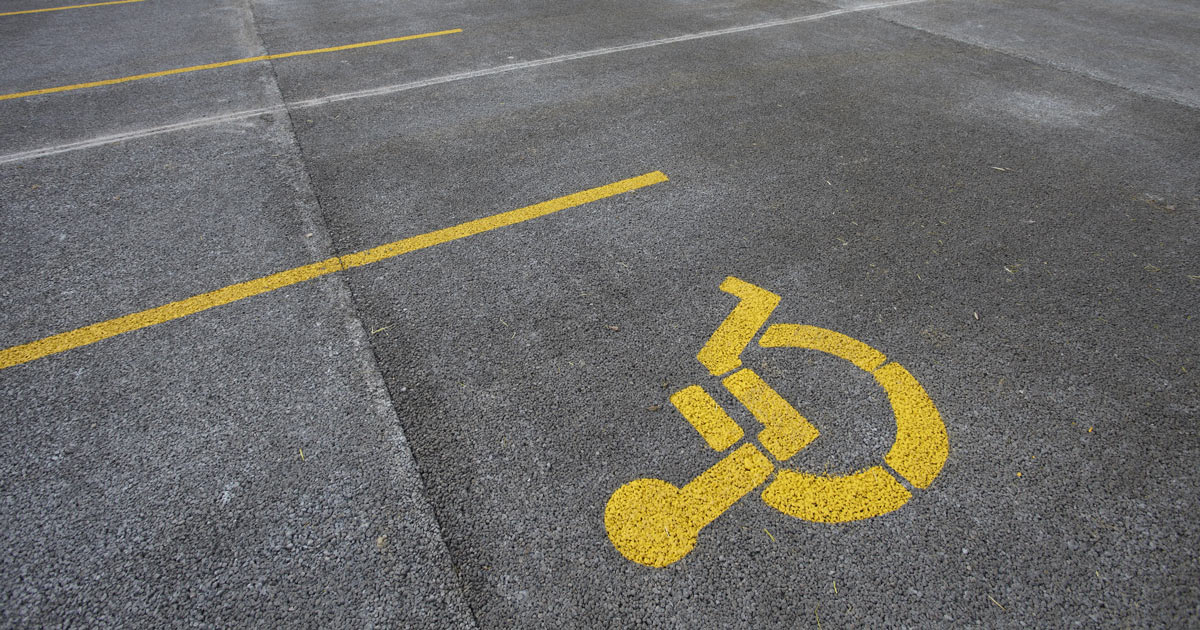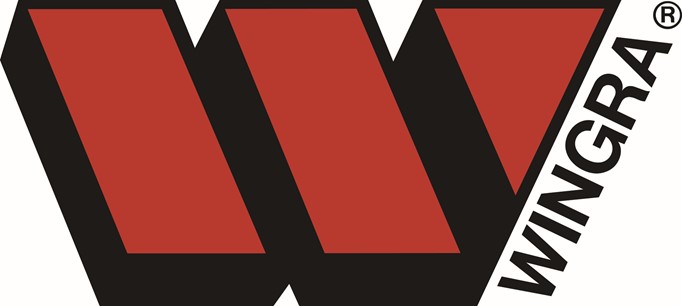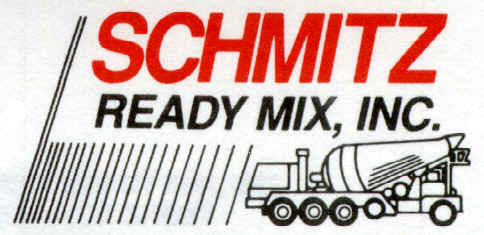Features & Benefits
Pervious concrete pavements provide many environmental benefits, including:
- Storm Water Management – By allowing water to soak through and infiltrate, pervious paving reduces storm water flow and pollutant loads.
- Minimize Site Disturbance – By integrating paving and drainage, less site area may need to be used to manage storm water, allowing a more compact site development footprint.
- Locally Manufactured – Materials are usually extracted and produced locally. Recycled content – Fly ash, slag cement, or silica fume can substitute partially for cement, and recycled aggregates can replace newly mined gravel.
- Cool – The voids reduce mass which, in turn, reduces the heat buildup associated with heat islands. The properties of pervious concrete vary with design and depend on the materials used and the compaction procedures. General guidelines for specifications include:
- Permeability – Typical flow rates for water through pervious concrete are 3 to 8 gallons per square foot per minute but can be double that amount if desired.
- Compressive Strength – Pervious concretes can develop compressive strengths in the range of 500 to 4000 psi – suitable for a wide range of applications.
- Flexural Strength – Flexural strength of pervious concrete ranges between 150 and 550 psi.
- Shrinkage – Drying shrinkage of pervious concrete is faster but much less than that experienced with conventional concrete. Many pervious concretes are made without control joints and are allowed to crack randomly.
- Freeze-Thaw Resistance – Freeze-thaw resistance depends on the saturation level of the voids in the concrete at the time of freezing. In the field, it appears that the rapid draining characteristics of pervious concrete prevent saturation from occurring. Where substantial moisture and freeze-thaw conditions are anticipated, pervious concrete should be placed on a 6 to 18-inch-thick layer of drainable rock base such as one-inch crushed stone.
- Abrasion Resistance – Because of the rougher surface texture and open structure of pervious concrete, abrasion and raveling of aggregate particles can be a problem. Surface raveling in new pervious concrete can occur when rocks loosely bound to the surface pop out under traffic loads. This raveling is considerably reduced after the first few weeks.






